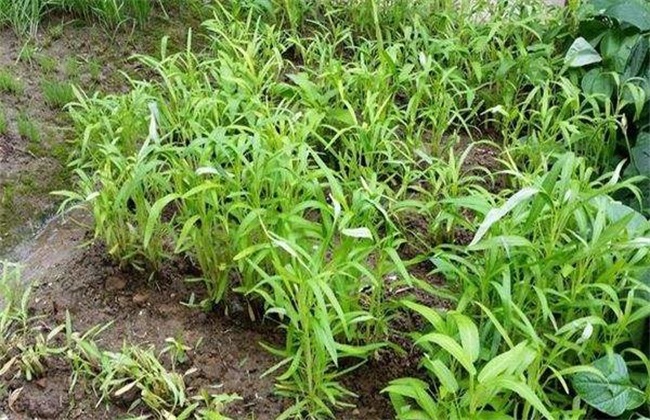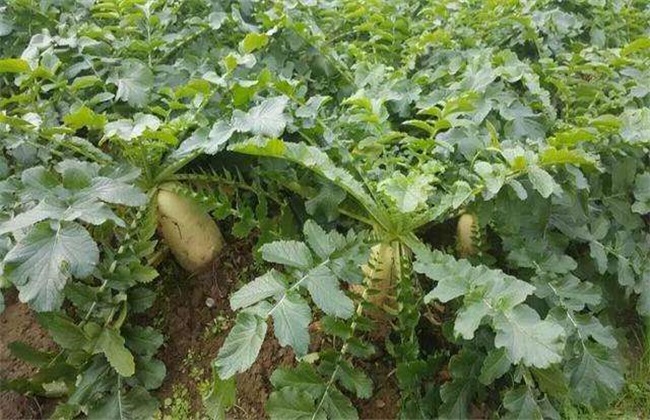Planting techniques of asparagus
Asparagus, also known as Yongcai, was originally a specialty of East Asia, but now it has a wide planting area in China. Mainly concentrated in the south, planting in the north is not common. Asparagus has a very large market demand in China, so the planting area is also expanding. So how to grow asparagus mainly? The following editor has brought you the planting technology of asparagus. Let's have a look!

1. Seed treatment
The seeds of asparagus need to be soaked before planting, because the seeds are hard. If the seeds are sown without treatment, it is difficult for the seeds to absorb water, and the germination rate is very low, even without germination. And if there is a low temperature and rainy season, then the seeds are also easy to rot. Therefore, we should soak the seeds for one day before sowing, and cover a layer of fine soil after sowing to promote the germination and rooting of the seeds. Then it should be properly covered and sown, and the seedlings can emerge after about a week or so.
2. Sowing and raising seedlings
There are two planting methods of asparagus: direct seeding and transplanting. Adjust the planting time according to the planting area, if it is planted in North China, then the sowing time is generally carried out gradually before and after Ching Ming Festival. If it is cultivated in a protected area, then the planting time can be appropriately advanced. Direct seeding is dominated by on-demand sowing, the spacing of seeding holes is controlled at about 18 cm, each seeding hole sows about 3 seeds, and the amount of seeds is kept at 10kg/ mu. Interseedling work was carried out when the seedlings grew to about 3cm, and then the density was controlled and planted in time.
3. Fertilizer and water management
After the hollow cabbage is planted and survived, it is necessary to do a good job of ploughing and weeding, which can not only improve the soil temperature, but also facilitate the absorption of soil fertilizer. About 30 days after planting, the summer begins, when the temperature rises gradually. The growth rate of asparagus will also be accelerated, so the demand for water and fertilizer is relatively large, so it is necessary to increase the amount of fertilizer and water. Topdressing fertilizer is mainly nitrogen fertilizer, so we should pay attention to control the concentration to avoid the phenomenon of burning seedlings. The soil should be kept moist, especially in the high temperature season, and watering should be done to ensure the growth of stems and leaves.
4. Pest control
The prevention and control of diseases and insect pests planted by hollow plants is also very important. If it is not properly controlled, it will have a great impact on the yield and quality of asparagus. The common diseases and insect pests of asparagus are anthracnose, cabbage worm and so on. We should give priority to prevention and enhance the disease resistance of asparagus. Disinfect the vegetable garden regularly, do a good job of weeding in ploughing, control the amount of water and fertilizer, avoid excessive water and fertilizer, but also affect the growth of asparagus.
The above is a brief introduction to the planting technology of asparagus. In fact, the planting technology of asparagus is not difficult, mainly to pay attention to water and fertilizer management, pest control and other work. That's all for today's introduction. This article is for reference only. I hope it can help you all.
Related
- Where is it suitable to grow horseradish in China? it is expected to see the middle altitude horseradish in Alishan.
- How to prevent tomato virus disease reasonably? (Control methods included)
- Many people like to plant towel gourd on the balcony. What are the main points of this method and management?
- What crops can chili peppers be mixed with?
- Fertilization techniques and matters needing attention in Tomato
- What are the grafting techniques for peach seedlings in spring?
- Harm and control methods of root swelling disease of Chinese cabbage
- What are the pests of sweet potatoes? How to prevent and cure it?
- Symptoms, causes and Control methods of navel Rot in Tomato
- The cause of "Cucumber rotten bibcock" in Farmers' planting Cucumber and its Control Plan



